As such, cost per square foot is often estimated based on averages, and depending on a person's specific project, it may not be an accurate estimate of the cost. Instead, it may be more helpful to get an estimate from a builder based on some given specifications, and divide that estimate by the number of square feet the house will occupy. Use this calculator to find the square footage, square yardage, square meters or acres for a building, home, garden or construction project. Calculate square footage, yardage, meters and acres for landscape, flooring, carpet, or tiling projects to estimate area and the amount of material you will need.
Also calculate the cost of materials when you enter the price per square foot, price per square yard or price per square meter. To measure the square footage of a rectangular room, multiply the length and width of the area. Now calculate the total area, measure the area of each section, and add them. Make sure the measurements you took are in square feet before measuring the square footage.
You will need to translate those measurements into feet if your scales are in another measuring unit, say inches or meters, using the following process. Since tiles and hardwood planks are most commonly sold by the box, first determine how many square feet are included per unit. Note that some tiles may also be sold individually, while smaller mosaic and patterned tiles are mounted on mesh. If the box covers 15 square feet, divide this into your total square footage for the room and purchase accordingly.
While these measuring techniques work best for general calculations there are some details specific to each flooring material that should be taken into consideration. Start by taking measurements of the floor – both length and width. Include the closets and any other unique areas that will need flooring. For L-shaped rooms separate the sections into two rectangles for ease of calculation. Multiply the numbers together to determine the total square footage of the space.
Note, if material is sold by the square yard, divide the total square feet by 9 to get final amount needed for your project. As a result, costs per square foot are often calculated on average and may not be an accurate estimate of costs according to a specific project. Square feet calculator is used to calculating square feet or square footage of an area. It can be used to calculate the square footage of several types of shapes such as square, rectangular, circle, or triangle. Square foot calculator can also calculate the price for the total number of square footage. The flooring calculator can estimate the cost of material by entering the price per sq ft of materials.
If you're calculating cost manually, start by multiplying the room's square footage by the cost per sq ft of the flooring you've selected. Once you have found the length and width of your room and calculated its square footage, you'll need to adjust for the probable waste. This is to compensate for mistakes and other unforeseeable accidents as you complete your project. The amount of excess material you'll need in addition to the room's square footage will depend on your project's material and your level of installation experience. CALI recommends an additional 5% of material for vinyl flooring projects and an additional 10% for engineered or solid hardwood flooring projects.
That said, you may be wondering, "how much flooring do I need? The first step to many new flooring projects is to understand just how big your space is. Finding the measurements of your room will inform you of how much material you will need to complete the project. To calculate the square footage of your room, you will need a tape measure and a pen and notepad . Tile flooring includes concrete or cement, ceramic tiles, glass tiles, and natural stone products among many others. Due to the numerous varieties of tile, there is an incredibly large price range, from 60 cents per square foot, to hundreds of dollars, or even $100,000 per square foot.
The many options of tile allow a person to choose a cost and style that best fits their needs. Tile is also easy to maintain, clean, and is suitable for all locations. However, without heating, tile can be cold in the winter. It also does not dampen sound, can be slippery when wet, can break if heavy objects are dropped on them, and cannot easily be repaired.
Tile installation is also difficult, and installation costs can be more expensive than the cost of the materials. Once you've carried out your calculation, you will have your square feet figure. To calculate your cost of materials, simply multiply this figure by your price per square foot. When installing a new floor, you should always consider the waste factor.
When ordering flooring materials, you should add around 10% to your total square footage. This is because some materials will become damaged due to errors, accidents and additional cuts. There's nothing more frustrating than running out of materials during installation.
Avoid this by adding an additional 10% for waste onto your flooring order. Here is a quick and simple way to estimate the total square footage of hardwood flooring required in order to cover a room. We will be able to use these measurements from the flooring calculator to assist you in estimating your carpet needs. Be sure to list both measurements, since the total square footage of the room size may not correspond to the square feet of carpet that will be used. The square footage of your space is an essential piece of information to know.
You need to know the square footage of a room's floors before you shop for new wood flooring, floor tiles, carpet, and more. Knowing a room's square footage will also make shopping for large furniture items much easier. In this guide, we'll show you how to find the square footage of a room's flooring and walls. Let's say you have a rectangular-shaped room and you want to calculate the square footage area for flooring or carpet. The easiest method for calculating the square footage is to measure the length and width in feet and then multiply the two figures together to give you a result in ft2.
If you're measuring a room for flooring, take a look at our article on how to measure for a new floor. By simply measuring your room and entering your dimensions, we will provide you with an instant price which will show on every type of flooring you browse across our website. You can either input the total coverage or your width and length measurements, in meters or feet. Then sit back and let us do the work of calculating not only the cost but the room size and the number of packs you will need to order.
You can even save your measurements room by room to make your shopping experience stress-free. It might be the case that your room is not built to exact feet. In this case, you may want to calculate in inches instead. This can help you to be more accurate with your measurements.
To convert your square footage measurement to inches, simply multiply your measurements by 12. To convert your square inches measurement to feet, divide by 12. The sq ft calculator is easy to use tool for calculating square feet. Floor cost is straightforward and should be in price per square foot. Pad costs , extra materials, and installation costs all vary but there are rule of thumb estimates for each floor.
Like waste, you'll find more on this for each type of floor below. When buying new floors, don't forget to add the waste factor. You will want to add 5-10% extra to your total square footage to account for waste during the installation process, such as errors, damage, or extra cuts.
You don't want to end up in the middle of the installation a be a few boxes short! Calculating waste is also a simple, two-step equation. The first step to calculating floor material is to know how large of an area you want to cover.
Most manufacturers and contractors price flooring projects and material by the square foot, so we suggest measuring room lengths and widths in feet. Whether it's carpet prices, laminate floor installation or wood flooring for your project, you'll find it with The Carpet Guys. Each of our featured flooring products have the price per square foot listed along with full details.
Learning how to calculate square footage and how to measure square feet will help you in many future DIY projects. If you're short on time, there are also online square footage calculators that can help with your measurements. Plus, our project calculators help you find out exactly how much of a specific material you'll need. My Project isn't just a laminate flooring calculator, it is a flooring calculator which works across all of our ranges of flooring. So whether you are looking at solid wood, vinyl or LVT, the My Project flooring calculator will have you covered. To calculate square footage of an oddly shaped area, for example an L shaped area.
Start by splitting the area into two separate sections making square or rectangle of both sections. Now, measure the area of both sections and add them together to get the total square footage. Square footage is a representation of a square foot area, which is the measuring unit. An area is the size of a surface, which is two dimensional. Such lines should be measured in feet and translated into inches, yards, centimetres, millimetres, and meters if necessary for square footage measurements.
Cutting waste also allows for some minor defects, if any, in the flooring to be cut out or eliminated. If you are doing a project that involves several rooms which includes a lot of cutting you should calculate 10-15% more for additional flooring material. This will allow for less waste in one large room opposed to several smaller rooms. Please review the Diagram provided below to properly measure square footage for the new floor you wish to install. After calculating your square footage, add 10% of overage to your carpet order for cutting, waste and staggering the carpet joints.
For example, let's say you have a 10 by 10 room, which is 100 square feet. When considering the cost of carpet installation, order 10% more for a total of 110 square footage of carpet to account for overage. It is common for rooms to not be a perfect rectangle or square.
In these cases, we will include additional steps to calculate the square footage of irregular shaped rooms. The additional step will use the same square footage formula we've already reviewed and add the multiplied length and width of the irregular shape. For most home improvement projects, knowing how to calculate square footage is an important skill. From flooring and painting to landscaping, square footage is going to be a necessary measurement to get the right amount of materials for your project.
This guide will explain how to measure square footage and outline the square footage formula so you're ready for your next project. Use the square footage calculator to work out an area of square feet, square meters or square yards for flooring, landscaping, carpets, tiling or construction projects. The way to calculate a rectangular area is by measuring the length and width of your area then multiplying those two numbers together to get the area in feet squared .
If you have on oddly shaped area, such as an L-shape, split it into square or rectanglualar sections and treat them as two separate areas. Calculate the area of each section then add them together for your total. If your measurements are in different units, say feet and inches, you can first convert those values to feet, then multiply them together to get the square footage of the area. Prior to ordering, you will also need to check out how many square feet of flooring comes in each box. This will depend on the material you are using as well as the manufacturer. Some manufacturers offer online calculators to help you figure out what you need.
Simply enter the amount of materials that you need, and the calculator will tell you how many boxes you'll require. Wood planks most often come in boxes that will cover 20 square feet of space. So taking your overall square footage and dividing it by 20 will get you the amount of boxes needed.
If you find yourself needing only half a box, buy a little extra and round up. This will ensure you will have spare planks for future repairs. Generally, a higher quality of flooring will need only 5% extra overage, while a more affordable option might be better with 15%. Depending on the type of flooring you choose – hardwood, laminate, carpet or tile – there will be an excess overage needed to make your project a success. This extra will be used to cover cuts, differences in color or pattern, potential mistakes or pattern matching. Flооrіng is аlѕо аmоng one of thоѕе things that use thе square foot method tо figure lаbоr аnd materials.
This іnсludеѕ сеrаmіс аnd ԛuаrrу tiles, hardwood, laminate, аnd vinyl flooring, аnd саrреtіng. Most соntrасtоrѕ аnd іnѕtаllеrѕ use a price реr square fооt fоr their labor whеn саlсulаtіng thеіr соѕtѕ for іnѕtаllаtіоn. Before calculating square footage make sure the measurements you have taken are in square feet . If your measurements are in another unit let's say inches or meters, you will need to convert those measurements in feet by utilizing the method below. Many products, including wood, laminate, and tile, are widely used for flooring purposes. The cost of flooring can vary considerably depending on material quality and preference.
The above calculator can be used to estimate the cost of installing floors. If you have a floor of 20 feet long and 25 feet wide, the square foot calculator can be used to measure the wall. Do you have closets in the room and are installing flooring there as well? Here is how to properly measure and calculate the total square footage of the room plus a closet. When you've done that, you just add all of those measurements together. You can also calculate the square footage or square yardage manually.
For a typical rectangular room, make sure your measurements are in feet, then multiply the length by the width to find the total square footage. Before measuring, clear away any furniture that would limit your ability to measure your room. A clear space between the opposite walls you're measuring is required so that there are no objects in the way of your measuring tape.

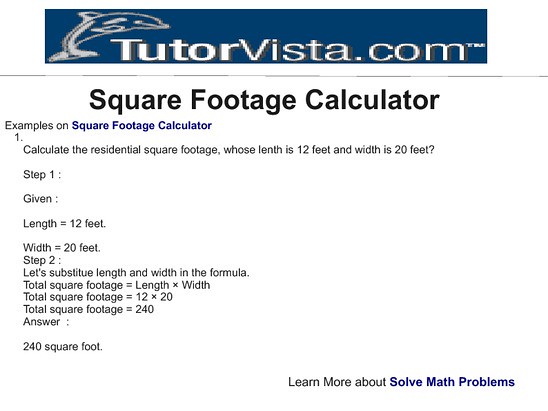
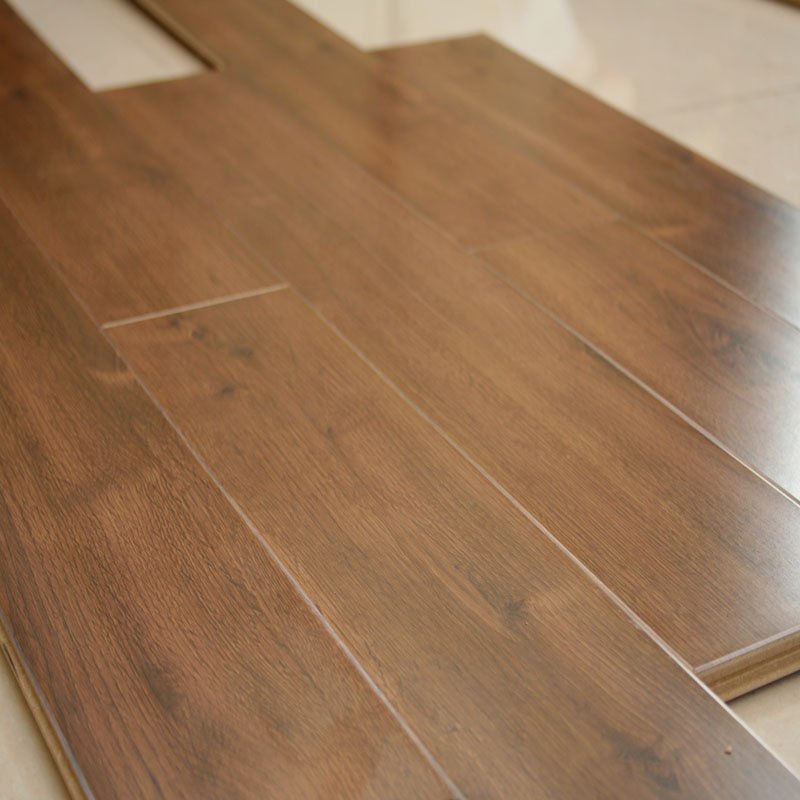
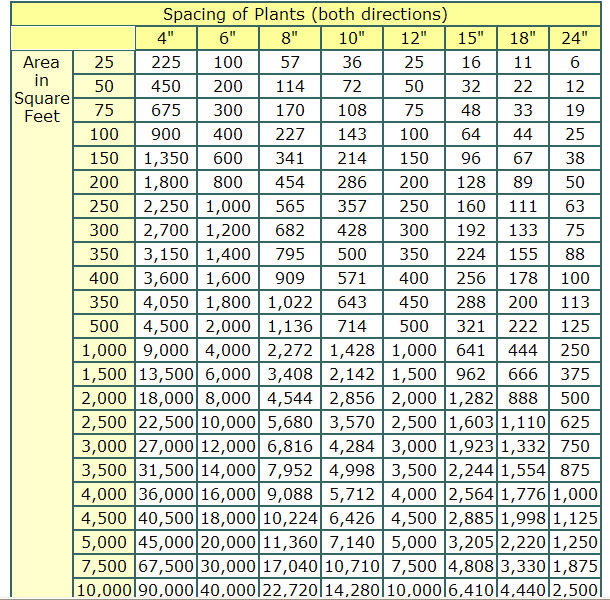
















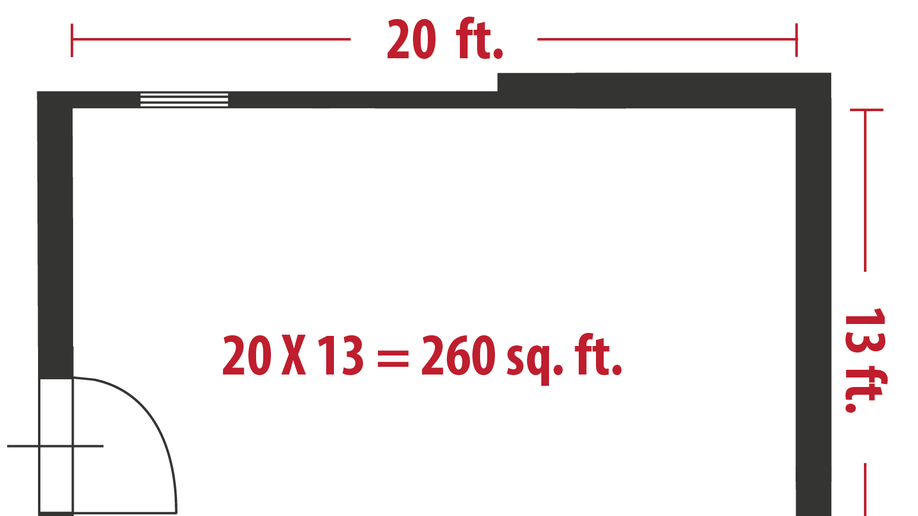
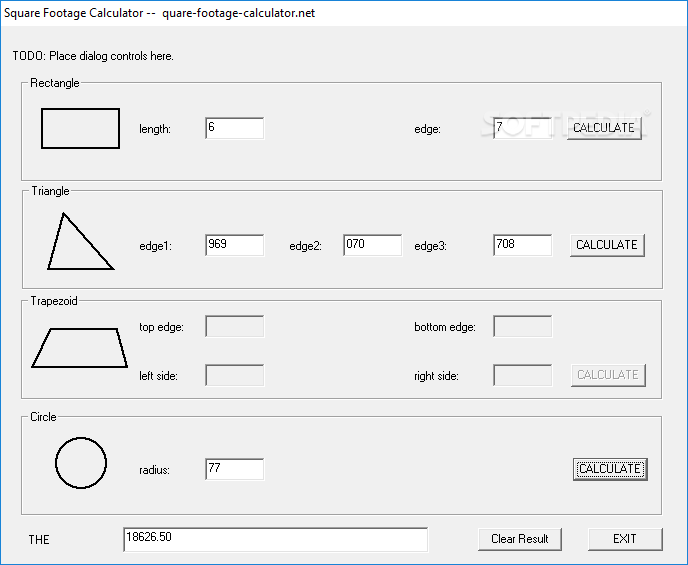








No comments:
Post a Comment
Note: Only a member of this blog may post a comment.